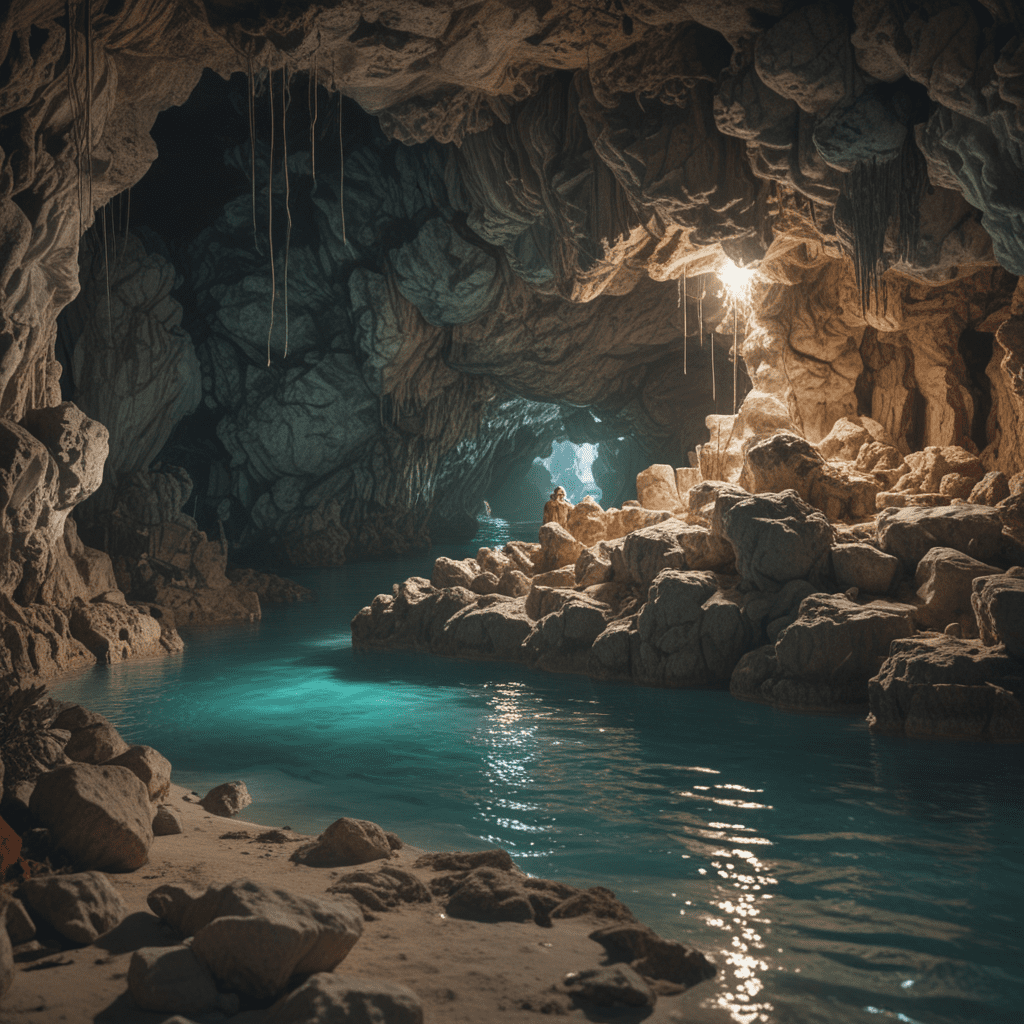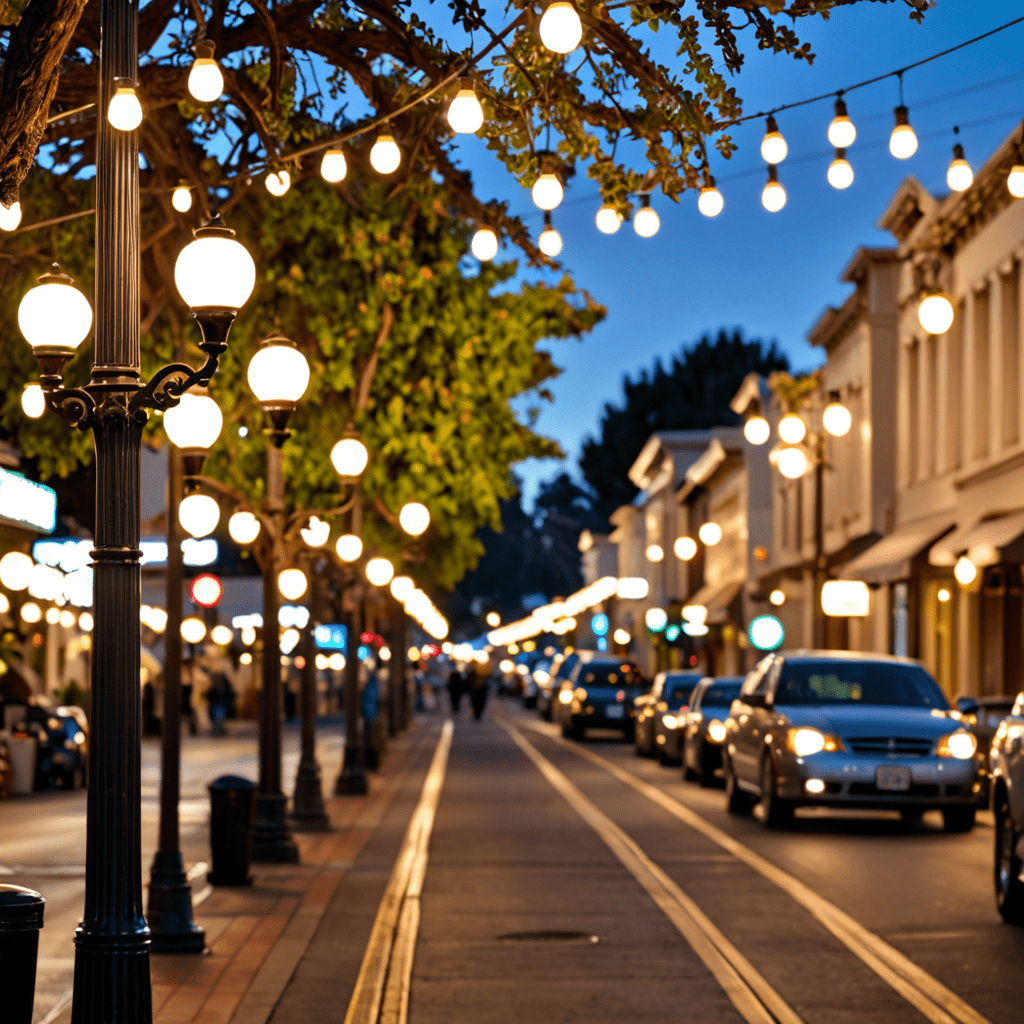
1. Introduction to the Thunderball Grotto
Nestled amid the cerulean waters of the Exuma Cays in the Bahamas, lies the enigmatic Thunderball Grotto. Immortalized in the James Bond film of the same name, this underwater cavern has captivated divers and adventurers worldwide. Its allure lies in its pristine beauty, intriguing geological formations, and breathtaking underwater experiences.
2. The Location and Geography of the Grotto
The Thunderball Grotto is situated on the west side of Staniel Cay, one of the many islands that form the Exuma Cays. It is accessible by boat and requires a short swim or dive to reach the entrance. The grotto's unique location within the shallow waters of the Exuma Sound allows for easy exploration and ample natural light, making it an ideal diving spot for both beginners and experienced divers.
3. Discovery and Exploration of the Grotto
The Thunderball Grotto was first discovered in the 1950s by local fishermen who noticed a bubbling in the water. Subsequent explorations by divers revealed a vast underwater cave system with multiple chambers, tunnels, and an impressive circular opening that allows sunlight to filter into the grotto's depths. The discovery of the grotto garnered international attention after it was featured in the 1965 James Bond film "Thunderball," which showcased its stunning underwater scenery.
4. Underwater Features and Marine Life
The Thunderball Grotto is a haven for marine life, boasting a kaleidoscope of vibrant coral formations, sponges, and tropical fish. Divers can encounter friendly Nassau groupers, playful stingrays, and a variety of reef fish that inhabit the grotto's intricate underwater landscape. The interplay of light and water creates ethereal and photogenic conditions, making it a photographer's paradise.
5. Geological Formation and History
The Thunderball Grotto is the result of millions of years of geological processes. The Exuma Cays are composed of limestone, which is a sedimentary rock formed from the accumulation of marine organisms. Over time, the limestone has been eroded by seawater, creating the grotto's distinct chambers, tunnels, and underwater formations. The grotto's circular opening, known as the "eye," is believed to have been formed by the collapse of a portion of the cave roof.
6. The Role of Ian Fleming and James Bond
The Thunderball Grotto owes its global fame to its association with the James Bond franchise. In the 1965 film "Thunderball," the grotto served as the lair of the villain, Emilio Largo, who planned to detonate nuclear weapons from within its depths. The film's iconic underwater scenes, shot in the actual grotto, captivated audiences and cemented its status as a must-visit destination for divers and Bond enthusiasts alike.
7. Popularity as a Diving Destination
The Thunderball Grotto has become one of the most popular diving spots in the Bahamas, attracting divers from around the world. Its unique underwater formations, abundant marine life, and historical significance make it a truly unforgettable diving experience. The grotto's shallow depth and clear waters cater to divers of all skill levels, allowing both beginners and experienced divers to explore its wonders.
8. Underwater Photography and Cinematography
The Thunderball Grotto provides an exceptional setting for underwater photography and cinematography. Its diverse underwater landscapes, coupled with the interplay of light and water, create a visually stunning environment. Photographers and filmmakers have captured breathtaking images and footage within the grotto, showcasing its beauty and the vibrant marine life that it harbors.
9. Conservation and Preservation Efforts
The Thunderball Grotto is a protected area within the Exuma Cays Land and Sea Park. Conservation efforts aim to preserve the grotto's pristine environment and its diverse marine life. Divers are encouraged to practice responsible diving practices, such as avoiding touching or disturbing the coral formations and marine life. Sustainable tourism initiatives help to ensure the long-term preservation of the grotto for future generations to enjoy.
10. Exploring the Thunderball Grotto: Tips and Safety Considerations
- Plan your visit: Check weather conditions and tides before diving. Consider hiring a local dive operator for guided tours.
- Equipment: Ensure you have appropriate diving gear, including a dive computer, flashlight, and buoyancy compensator device.
- Safety: Stay within your diving limits and maintain neutral buoyancy. Be aware of potential currents and visibility conditions.
- Respect the environment: Avoid touching or damaging coral formations and marine life. Dispose of waste properly.
- Photography: Use a wide-angle lens to capture the grotto's expansive spaces. Experiment with different camera settings to enhance colors and contrast.
FAQ:
- What is the best time to visit the Thunderball Grotto? The best time to visit is during the summer months (June-August) for optimal visibility and calm seas.
- Is it possible to swim to the Thunderball Grotto? Yes, it is possible to swim to the grotto's entrance from nearby Staniel Cay. However, diving is the preferred method to explore its underwater chambers.
- Are there any restrictions on diving in the Thunderball Grotto? Yes, diving is restricted to certified divers only. It is advisable to dive with a buddy and follow safe diving practices.
- Can I bring my camera into the Thunderball Grotto? Yes, you can bring your camera to take underwater photos and videos. Use a waterproof housing and consider bringing a strobe or video light for better illumination.
- Is there any wildlife in the Thunderball Grotto? Yes, the grotto is inhabited by a variety of marine life, including Nassau groupers, stingrays, and reef fish.


